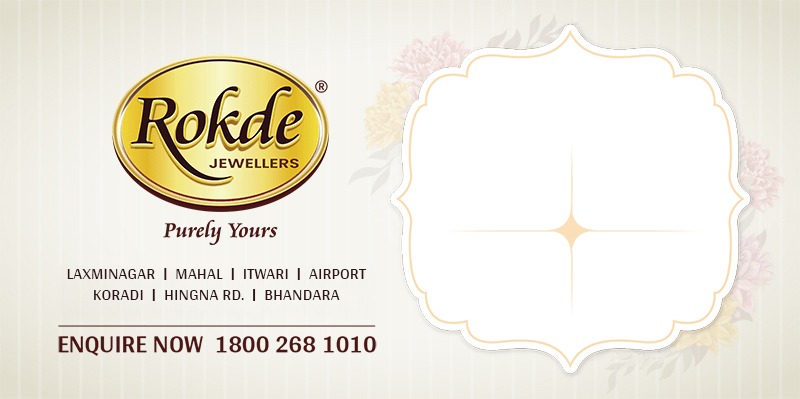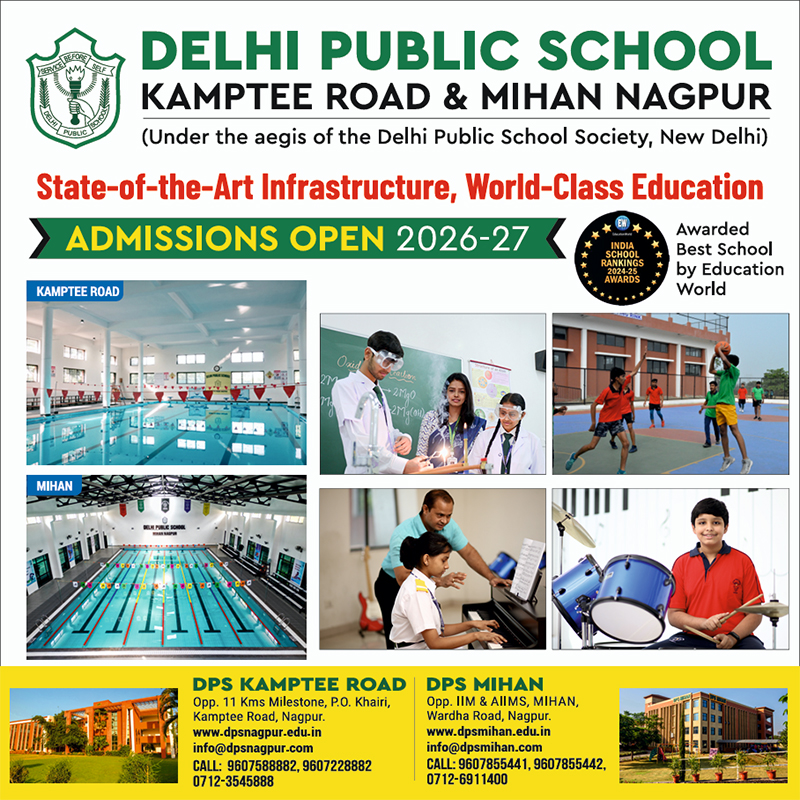
Nagpur: Even after holding power in the Nagpur Municipal Corporation (NMC) for 15 consecutive years, the Bharatiya Janata Party (BJP) is not in a completely favourable position across all wards. The party has created 2,158 booth-level units for organizational work, with a target to form a 31-member committee at each booth. However, achieving this target at every booth has emerged as a major challenge.
To energize its grassroots machinery, the party is attempting to bring beneficiaries of government schemes into the fold, hoping their inclusion will strengthen organizational efforts. Based on three internal surveys conducted by the party, several new strategies are now under consideration.
Tickets may be denied to relatives, former Corporators
According to a senior BJP office-bearer, preliminary discussions have begun over candidate selection. Early indications suggest that relatives of senior leaders and some former Corporators may not receive party tickets this time.
Corporator strength likely to remain unchanged
Following the Supreme Court’s directive, major political parties have accelerated preparations for the municipal polls. As per the 2011 Census, Nagpur’s population stood at 24.47 lakh, and it has since likely crossed the 30 lakh mark. In the 2017 NMC elections, the city had 39 wards and 151 elected corporators, with 4 BJP-nominated and 3 Opposition-nominated members, bringing the total to 158.
If the 4-member per ward system continues, the overall number of Corporators may remain unchanged.
Ward structure likely to change
While ruling party leaders declined to comment on the delimitation of wards, citing it as the State Election Commission’s prerogative, it is widely believed that changes to the ward and prabhag structure are imminent. The local administration has already submitted a report to the government, and discussions have taken place regarding changes in ward boundaries.
Classification of booths based on past voting patterns
BJP has categorized its booth areas based on voting patterns from previous elections:
• A+ Booths: Stronghold areas where BJP received the highest votes—includes Ramdaspeth, Dharampeth, Laxminagar, etc.
• A Category: Booths where BJP received over 70% of the vote share—mostly in East, West, and Central Nagpur.
• C Category: Weak booths where BJP could secure only single-digit votes. In many of these, even 31 votes were not polled, let alone forming a 31-member committee.
Each booth committee has been tasked with connecting 800–1000 voters to the party. However, in several booths, names listed as BJP booth members were found working for opposition parties.
A recent review also revealed that many former corporators are now inactive in public service. Several offices of past corporators and leaders’ relatives are now shut. In areas like West Nagpur, BJP gave ticket preference to relatives in the last polls—a move that backfired. The party is now considering major changes and fresh decisions in ticket allocation and campaign strategy.
Booth committees remain party’s backbone
Despite challenges, BJP leaders maintain that the booth-level structure remains strong. While some booths have fewer members, the committees are still functional and effective. BJP city president Dayashankar Tiwari said the party is conducting voter outreach and public dialogues in each booth area, acknowledging that changing voters’ mindset across all regions quickly is not feasible.
Full-fledged poll preparedness
Former Standing Committee Chairman Virendra Kukreja said the party has launched several campaigns to connect voters to booths, especially in North Nagpur which has 412 booths. Though some booths witnessed lower turnout, he claimed that BJP’s vote share has actually risen, contrary to speculative analysis drawn from past Lok Sabha and Assembly elections.














